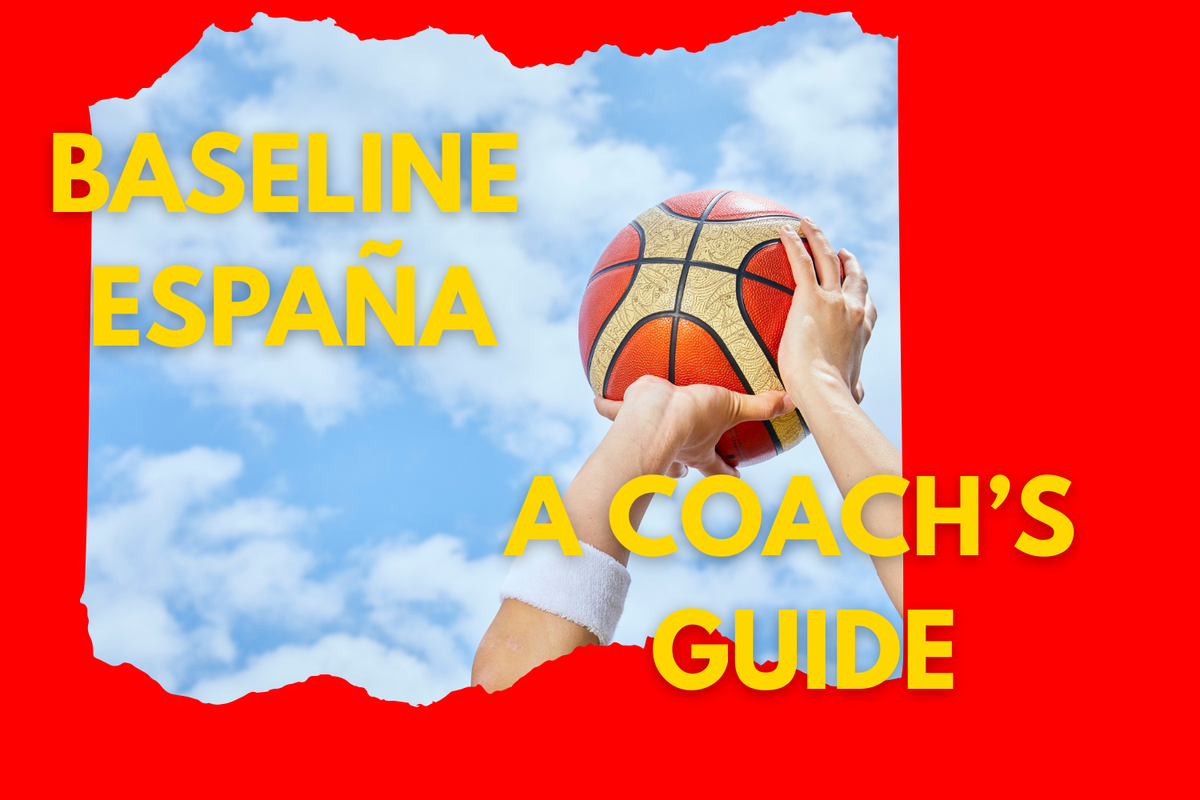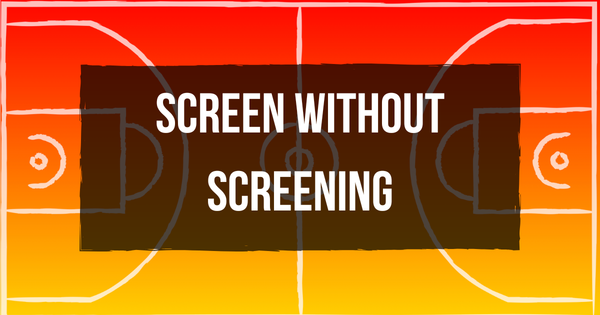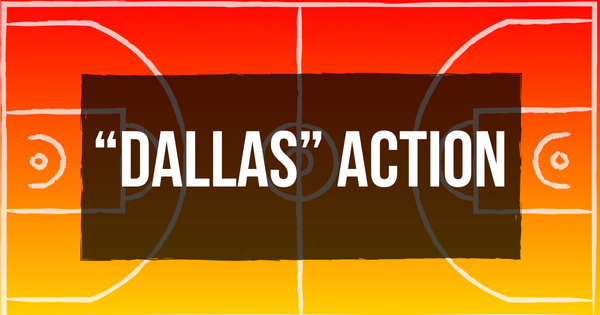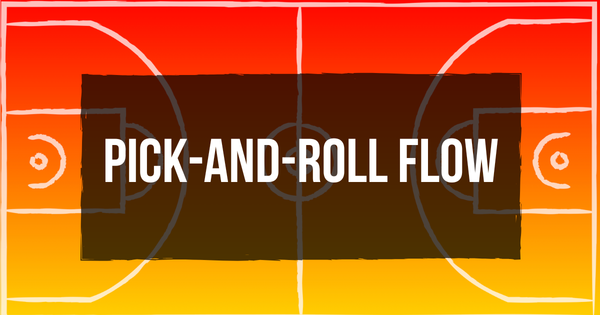Baseline España: A Coach's Guide

Spanish basketball has earned a reputation for its fluidity, creativity, and collective intelligence. From the grassroots clubs to the national team, the game is taught with a clear philosophy: basketball is a shared language of reads and decisions. Below are the core principles that define the Spanish style of play and player development.
At Baseline España, we will be teaching the game and helping coaches through content creation with the below principles at the forefront.
1. Offensive Flow & Continuity
At Baseline España, we believe possessions don’t die with the first action. Every screen, cut, or dribble handoff flows naturally into the next, keeping the defense engaged for the entire possession. Coaches build offenses that live in continuity, where there is always a second and third layer ready to be explored.
Teaching cue: “The ball should never stop, and neither should you.”
2. Pick-and-Roll Sophistication
The pick-and-roll is the heartbeat of Spanish basketball, but it’s rarely just two players. A third (or even fourth or fifth) player is often involved (e.g., the famous “Spain pick-and-roll”), and screeners are expected to read the defense—slipping, short-rolling, or popping based on coverage. Guards are trained to manipulate defenders with patience rather than rushing decisions.
Teaching cue: “PnR is not a play. It’s a conversation among three players.”
3. Player Development Philosophy
From the earliest ages, Spanish players are developed as decision-makers. Training favors small-sided games and constraint-based drills that force players to read and react. Skills are never taught in isolation; they are always connected to the game. The result is players who know not just how to pass, dribble, and shoot—but when and why.
Teaching cue: “Every drill must teach both skill and decision.”
4. Spacing & Off-Ball Movement
Spacing is alive in Spanish basketball. Off-ball players are constantly in coordinated and purposeful motion—cutting, screening, relocating, or lifting to new spaces. These movements are tied directly into the ball action, making it difficult for defenses to load up or anticipate.
Teaching cue: “If you’re standing still, you’re helping the defense.”
5. Ball & Body Movement
The ball rarely sticks in Spanish play. Once an advantage is created, players swing the ball, cut, and screen to multiply the advantage until the defense breaks. Quick decisions and precision passing are prized. The focus is on chaining advantages together until the right shot appears.
Teaching cue: “Move it before the defense recovers.”
6. Role of the Big Man
Spanish bigs are taught to be hubs, not just finishers. They pass from the elbows, initiate handoffs, make decisions on short rolls, and step out to the perimeter. The modern center is expected to connect the offense, not simply screen and rebound.
Teaching cue: “Bigs are playmakers too.”
7. Special Situations
Out-of-bounds plays, after-timeouts, and late-game possessions are treated as opportunities to gain an edge. Spanish coaches script these set pieces carefully, designing deceptive, quick-hitting actions that can deliver points when they matter most.
Teaching cue: “Every possession is a chance to steal points.”
8. Coaching Mindset
Spanish coaches see themselves as teachers of the game’s language. They emphasize principles over plays, decisions over rote execution. Practices are built around problem-solving and situational learning, not just repetition. Game intelligence is valued as highly as effort and toughness.
Teaching cue: “Don’t just train players. Train thinkers.”
9. Cultural Element
Spanish basketball carries the influence of the country’s soccer tradition—fluid, rhythmic, and collective. Just as soccer values passing sequences to unlock defenses, Baseline España values spacing, timing, and teamwork to create advantages. The culture celebrates the artistry of the game and the creativity of tactical problem-solving.
Teaching cue: “Play with rhythm, patience, and connection.”
Closing Thought for Coaches
The Spanish Basketball Way is not about running a certain offense or memorizing a set of plays. It’s about teaching players to read, to share, and to move as one. It’s basketball as a language, spoken collectively. When taught this way, every team—regardless of talent—can play with rhythm, fluidity, and intelligence. Our goal at Baseline España is to decipher this basketball language for basketball coaches around the world.




